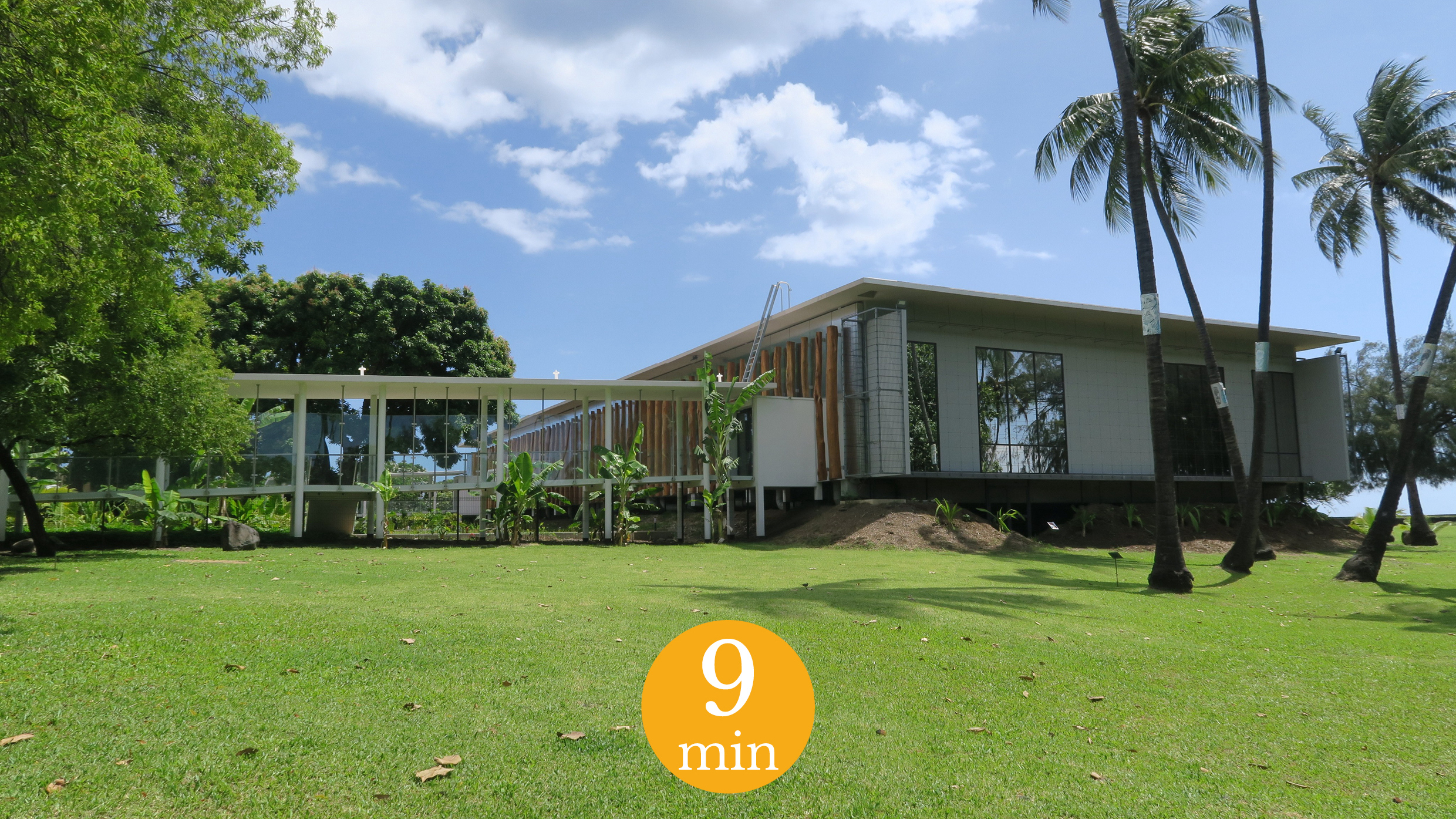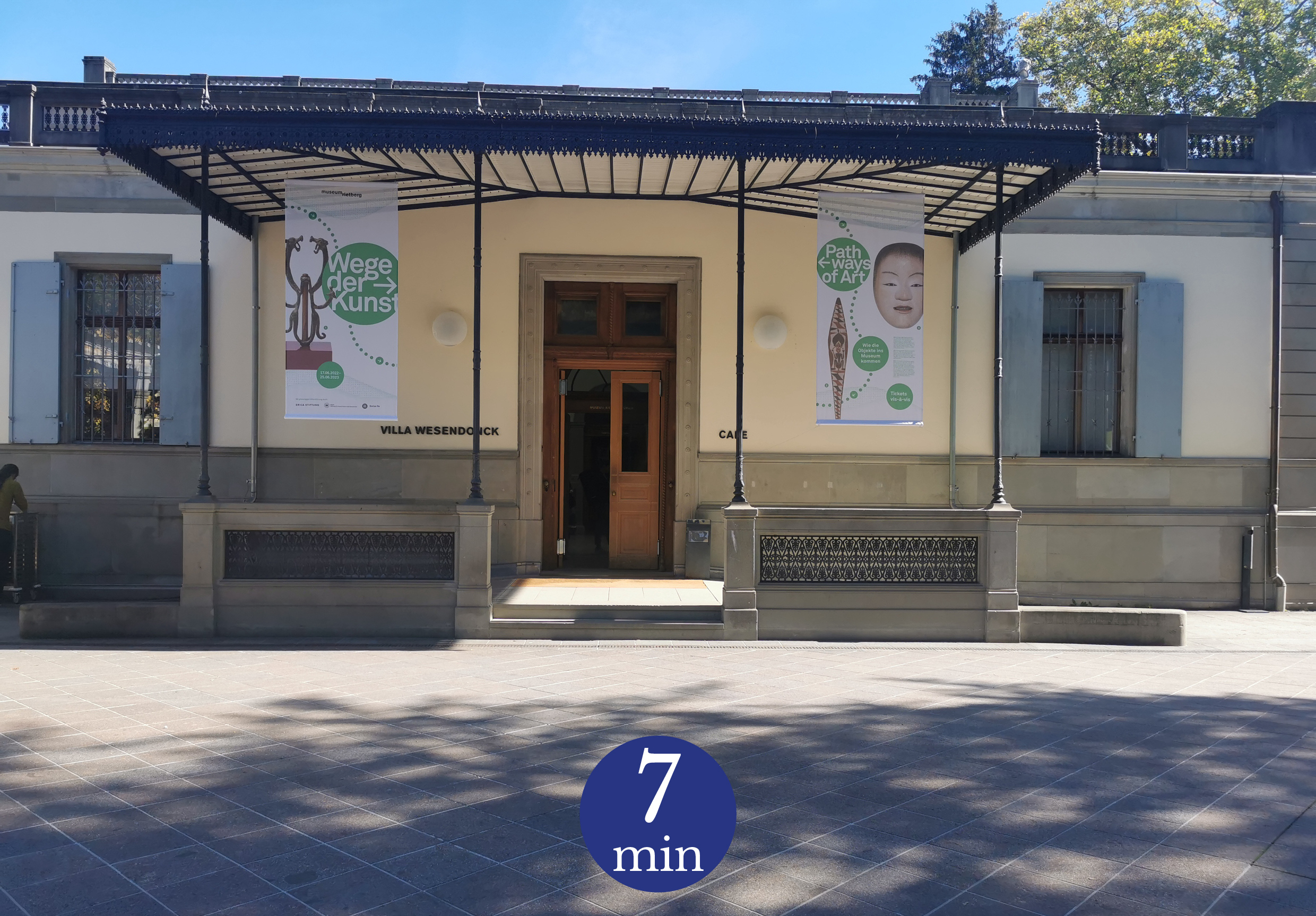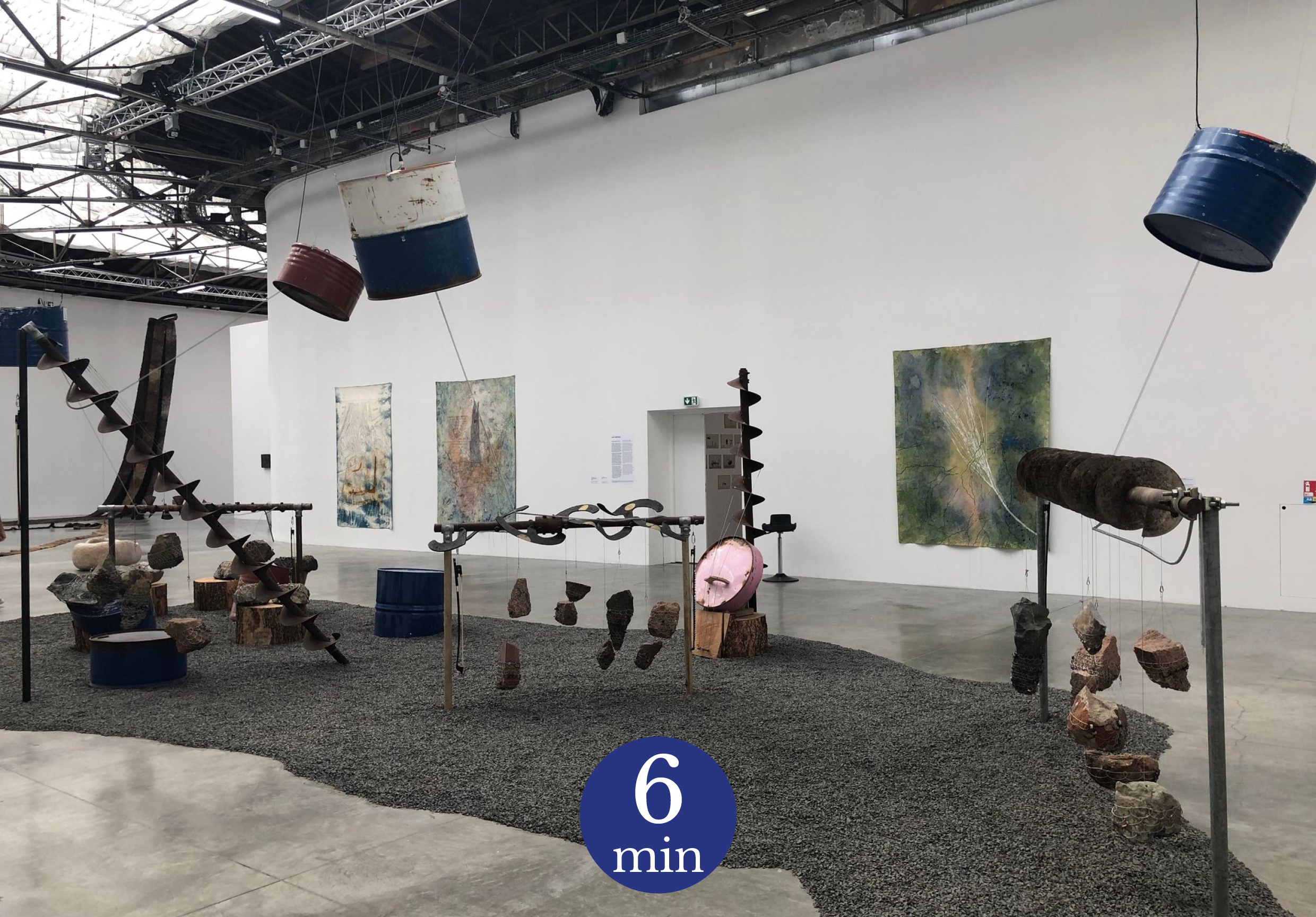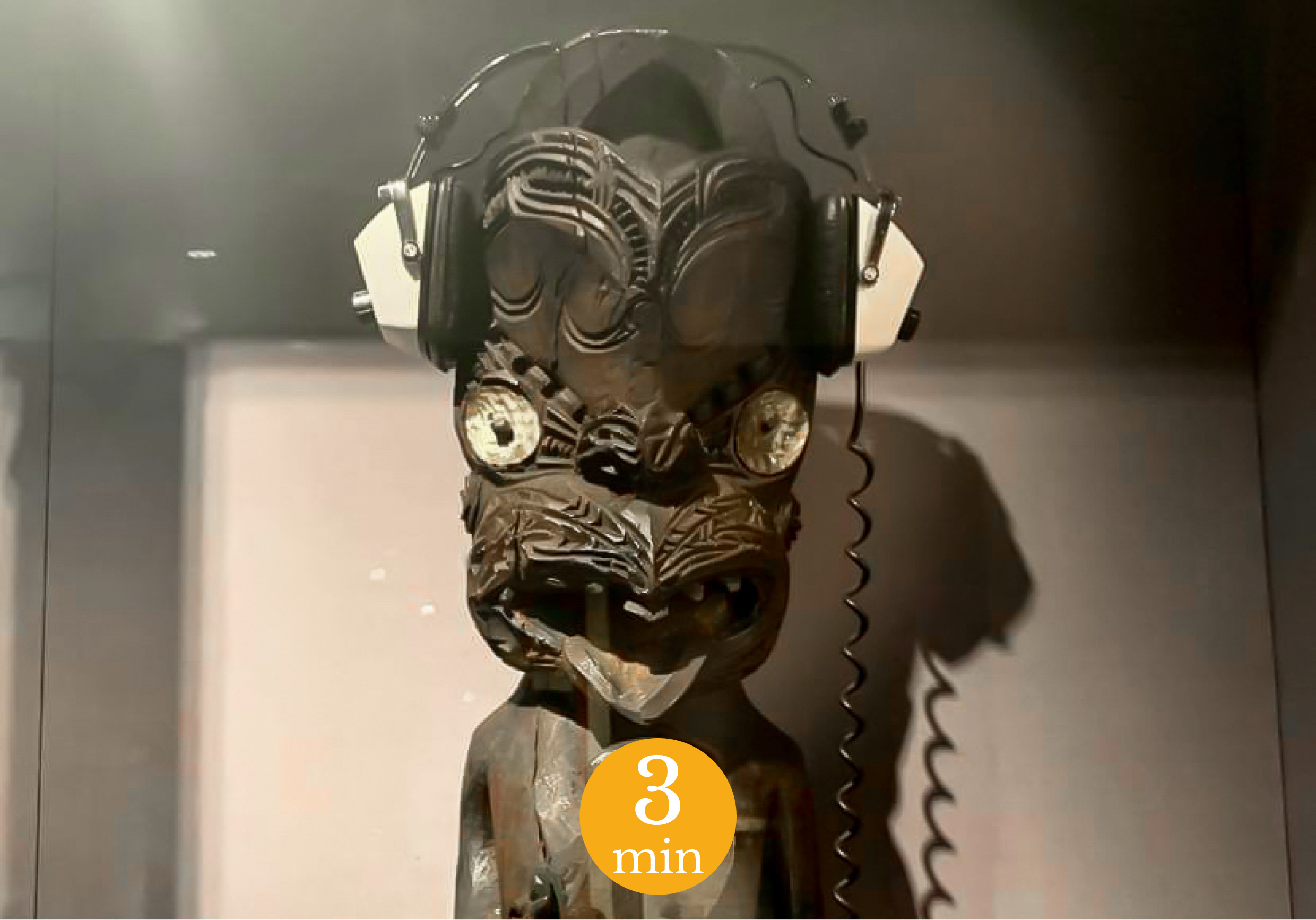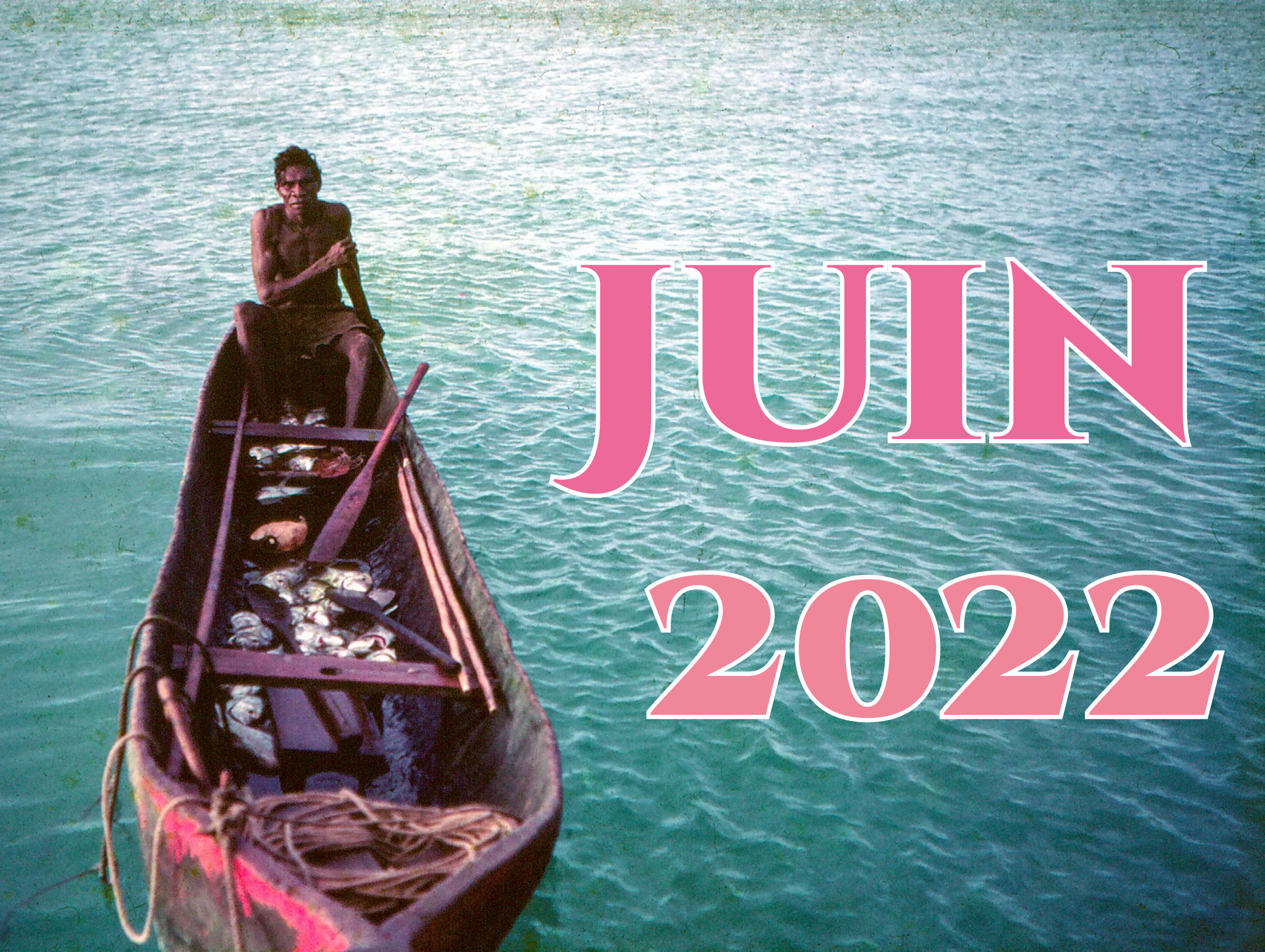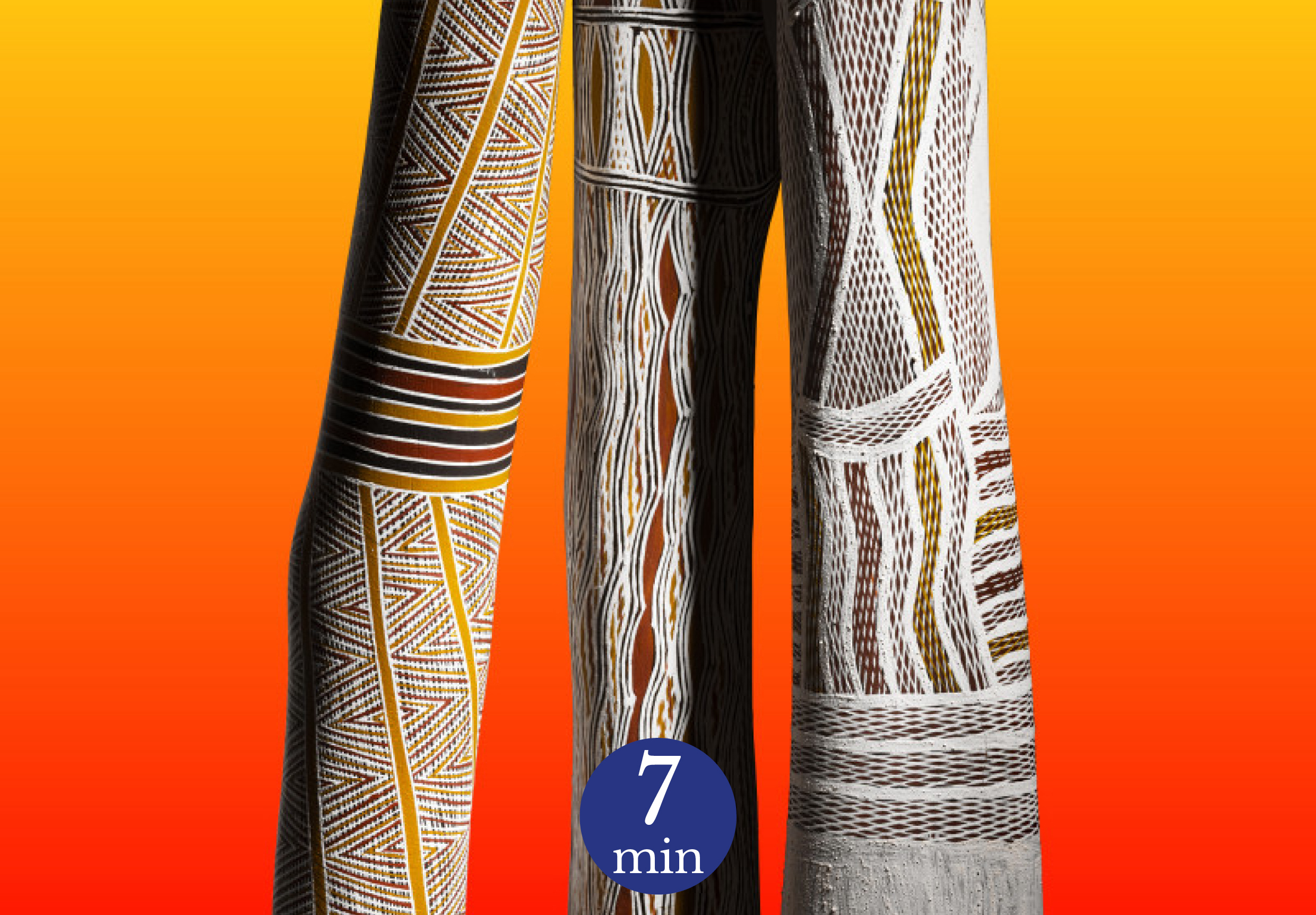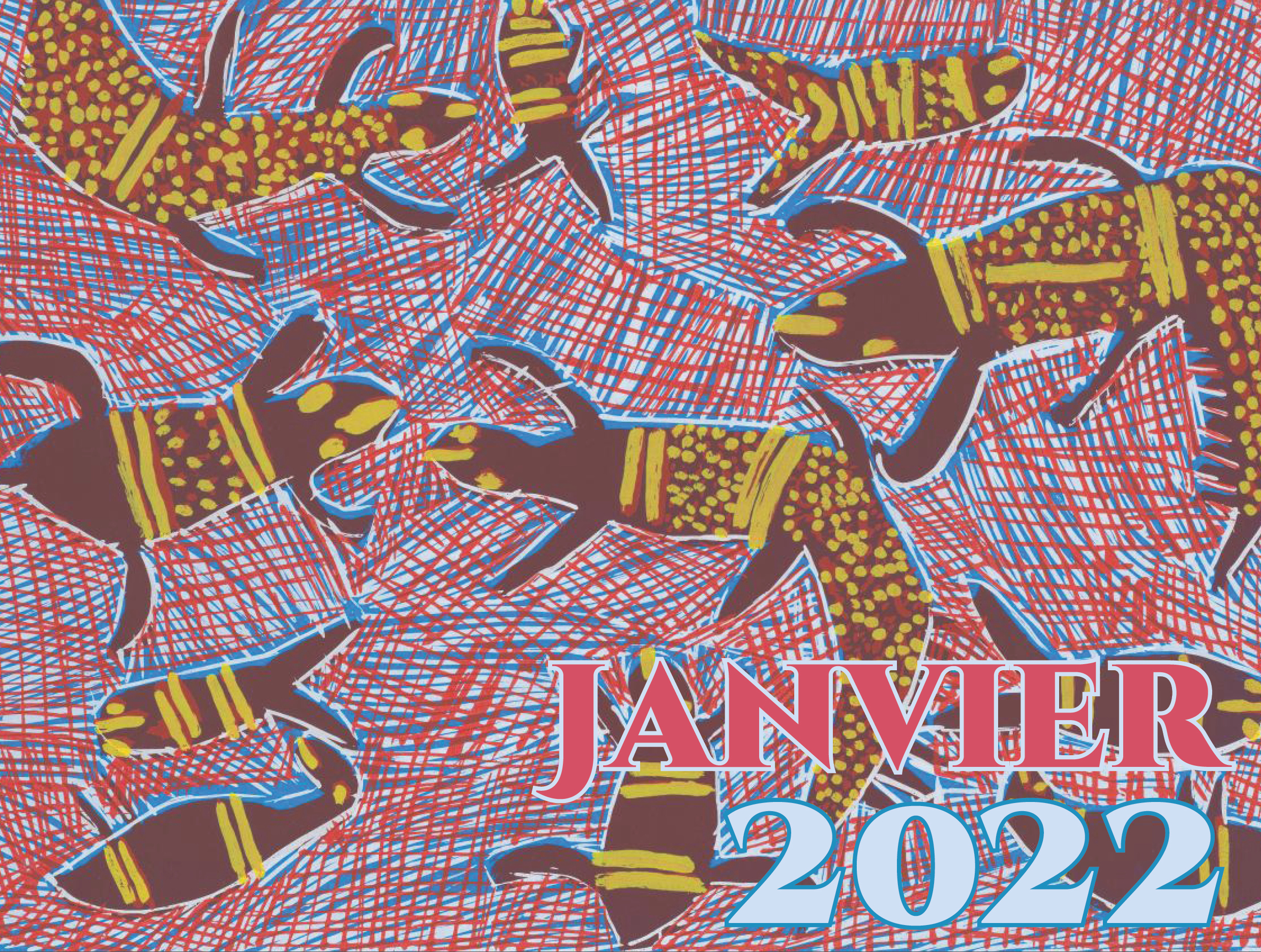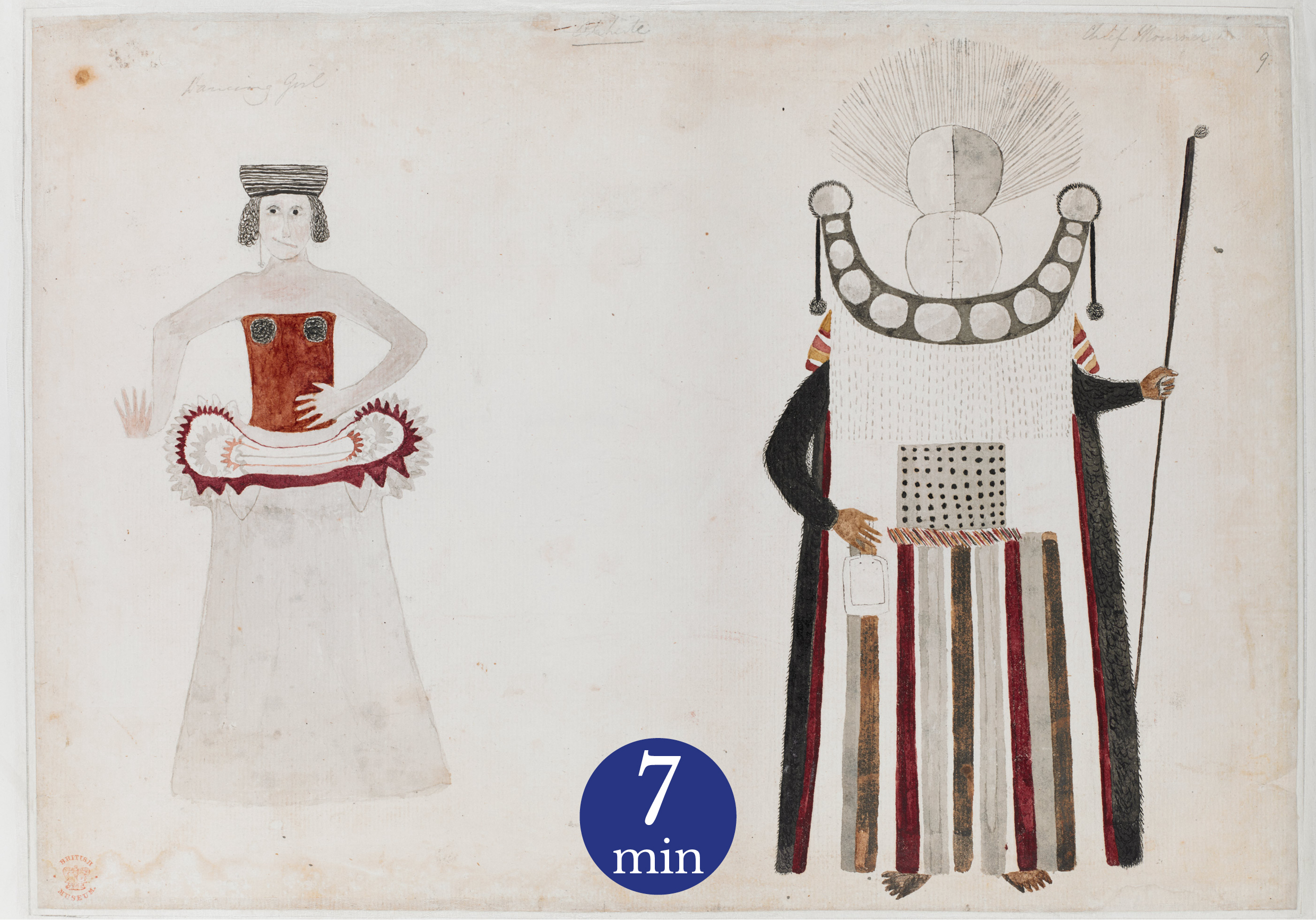Le Musée de Tahiti et des Îles – Te Fare Manaha, situé dans la commune de Puna’auia à Tahiti (Polynésie française), a fermé ses portes en 2018 et les a rouvertes au public au début du mois de mars 2023, sous le nouveau nom de Te Fare Iamanaha – Musée de Tahiti et des Îles (TFI-MTI). En 2019, Iris Rosier, ancienne contributrice chez CASOAR, vous parlait déjà du renouveau du musée en présentant son exposition temporaire Tupuna > Transit. Elle permit aux visiteurs·euses de continuer de voir les collections de l’institution et de découvrir le projet du nouveau TFI-MTI pendant ses travaux. Ces derniers avaient pour but de reconstruire une nouvelle salle d’exposition permanente, ainsi qu’un nouveau parcours muséographique. Il est temps de vous parler de ces changements ! Read More

Wege der Kunst : Provenance Research at the Rietberg Museum
For one year, the Rietberg Museum in Zurich is offering its visitors the opportunity to discover and question the history of the objects that make up its collections today. This exhibition, which is part of the museum's permanent tour, offers twenty-two focuses to help the public discover the people and the relational networks that lie behind the artefacts on display. Read More
Reclaiming the Earth: Climate Change at the Palais de Tokyo?
" Réclamer la terre est une prise de conscience autant qu’un cri de ralliement. »1 Dès la première phrase de son texte introductif et de sa présentation en ligne sur le site internet du Palais de Tokyo, l’exposition Réclamer la terre, visible du 15 avril au 4 septembre 2022, affichait une ambition prometteuse. Daria de Beauvais, commissaire d’exposition au Palais de Tokyo, s’est associée à deux conseiller·e·s· scientifiques de taille pour l’organiser. La première est Ariel Salleh, chercheuse et activiste écoféministe née en Australie en 1944, dont le travail et les engagements portent sur les relations entre humains et non-humains, en s’intéressant notamment à d’autres perspectives de pensées que les paradigmes euro-nord-américains dominants. Le·a second·e est Léuli Eshrāghi, artiste, commissaire d’exposition, auteur·e, poète né·e à Samoa et d’ascendances sāmoane, perse et cantonaise. Dans son travail expographique et artistique, Léuli Eshrāghi interroge les conséquences coloniales et le besoin de réparation, de soin et de guérison des cultures autochtones discréditées par les anciennes puissances coloniales. Le titre de l’exposition est quant à lui inspiré par l’ouvrage Reclaim the Earth: Women Speak Out for Life on Earth, édité par Leonie Caldecott et Stephanie Leland en 1983.2 Read More
He Tautoko: creating a relationship with an old object, by Lisa Reihana
Depuis les années 1980, les musées européens conservant des objets océaniens dans leurs collections ont entrepris de nombreux projets pour réviser les modalités d’exposition et de gestion de ces objets. Inviter des artistes contemporains océanienn·e·s en résidence pour proposer une nouvelle lecture des collections anciennes fait partie des modalités développées. Ces initiatives sont aussi un moyen de donner plus de visibilité à ces artistes, encore largement méconnu·e·s et peu exposé·e·s dans les institutions en Europe. Read More
Guide du « que faire en juin 2022 ? » spécial Pacifique
Breath of life (la vie n’est qu’un souffle) à la fondation Opale
*Switch language to french for french version of the article*
It is hard to think you would just happen to be walking by the Opale Foundation without previously planning to go visit it! Perched at an altitude of 1,100 meters in a village in the Swiss Alps, you first have to negotiate a few hairpin bends to finally arrive at your destination: the Valais commune of Lens. Even before entering the art center, the visitor can appreciate the natural setting; the Rhone Valley below, snow-capped peaks on the horizon and their reflection in Lake Louché, which borders the Foundation.
Is the Humboldt Forum really that bad?
*Switch language to french for french version of the article*
Friday 26th of November 2021. I am in Berlin (Germany) for a research trip related to my PhD project and the first place I go to visit is the Humboldt Forum: the newly built and opened museum in central Berlin, on the Museum Island. For months I had been following the case of the Humboldt Forum’s reopening which had, for sure, been making noise in the museum world and has, since the project of its creation, been a very controversial project. Read More
Guide du « que faire en janvier 2022 ? » spécial Pacifique
In the Society Islands, mourning has a costume
*Switch language to french for french version of the article*
Immense, scintillant de nacre et enveloppé de tapa. et de plumes, le costume de deuilleur des Îles de la Société fait partie des productions matérielles les plus spectaculaires de Polynésie centrale. Ce costume, c’est le heva tūpāpa’u. Il est exceptionnel à plus d’un titre, autant pour sa matérialité que pour sa place prépondérante dans les rites funéraires des ari’i – les chefs. Read More
George Nuku’s trip around the world lands in Rochefort
*Switch language to french for french version of the article*
"I came to France with the intention of continuing the story.
In one respect, I am literally walking out of the lithographs.
I’m coming out of the picture and I’m in a repeat performance here in Rochefort.
However, the difference is that now the context has changed because this is all history. So the place where this context continues is in the museum."1
